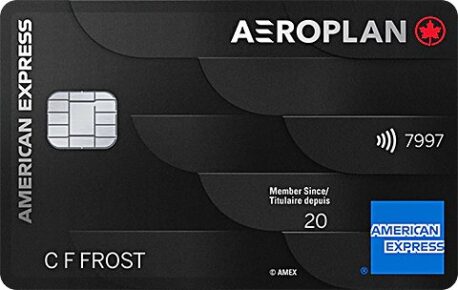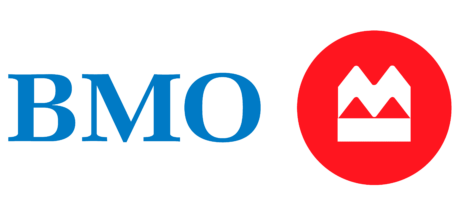The Old Age Security (OAS) pension is a taxable monthly benefit available to most Canadians 65 years or over who meet the eligibility requirements. Much like the Canada Pension Plan (CPP), it’s designed to help bolster senior Canadians’ retirement income. Though unlike with the CPP, recipients of the OAS pension don’t have to pay into the program as it is funded via tax revenues.
Who is eligible for OAS?
To be eligible for OAS you must:
- Be at least 65 years of age
- If living in Canada: You must be a Canadian citizen or a legal resident and you must have lived in the country for at least 10 years since you turned 18.
- If living outside of Canada: You must have been a Canadian citizen or a legal resident when you left the country and must have lived in Canada for at least 20 years from the age of 18. Canadians working abroad for a Canadian employer, such as the Armed Forces, may be able to count their time living outside the country towards their residency requirement if they:
- returned to Canada within six months of their employment ending, or
- turned 65 while still employed and maintained a residence in Canada while working outside of the country.
How and when to apply for OAS
In general, enrolment in OAS is automatic. Recipients will receive written notification by mail in the month after they turn 64 years old. If for some reason you do not receive written notification, you may need to apply. You can find the form on the Government of Canada’s website.
» MORE: How to use a Registered Retirement Income Fund
Deferring OAS
If you don’t want to receive your pension when you turn 65, you can voluntarily defer it. The longer you defer, the more money you will receive overall. For every month that you defer receiving the OAS, the monthly amount increases by 0.6% up to a maximum of 36% when you turn 70.
How OAS works
OAS recipients can qualify for a full pension or a partial pension. The pension you’ll qualify for (and hence the amount of money you’ll receive monthly) depends on how long you lived in Canada once you turned 18.
To receive a full pension, you must have lived in Canada for at least 40 years upon turning 18. Alternatively, for those born on or before July 1, 1952, you would qualify for a full pension if you resided in Canada on July 1, 1977, or on that date you possessed a Canadian immigration visa or you lived in Canada for some time prior to July 1, 1977. You can contact Service Canada with any qualification questions. No matter what category you fall into, you must have lived in Canada continuously for at least a decade immediately prior to being approved for OAS to receive a full pension. (Those who lived outside of Canada within that 10-year period may still qualify for a full OAS pension if they lived in Canada for a long enough time before that.)
To be eligible for a partial pension, you must have lived in Canada for a minimum of 10 years upon turning 18. The percentage you’ll receive is calculated by taking the number of years you lived in Canada after turning 18, divided by 40.
Your Old Age Security payment is taxable. Furthermore, payment rates are reviewed every year in January, April, July and October to ensure they keep up with the cost of living. Monthly payments will increase if the government determines that the cost of living has gone up, but they can never decrease.
From October to December of 2022, the maximum OAS monthly payment amount was $685.50 for those between the ages of 65 to 74, and $754.05 for those 75 and older. For up-to-date OAS benefit payment amounts, visit Old Age Security payment amounts.
Low-income Canadians who receive the OAS may also be eligible to receive monthly, non-taxable benefits like the Guaranteed Income Supplement and Allowances.
What is the OAS recovery tax?
Your OAS pension could be subject to a recovery tax, commonly referred to as the “OAS clawback,” if your net annual income exceeds the minimum income threshold set for the year by the government.
For 2022 the minimum income recovery threshold is set at $81,761. So, if you earned more than $81,761 in 2022, you would have to figure out by how much your income exceeds the threshold and then repay 15% of the difference between your income and the minimum threshold amount.
If your income is greater than the maximum income recovery threshold (which is $134,626 to $137,331 for 2022, depending on your age), you would have to pay back the entire OAS pension for the year.
What happens to OAS if the beneficiary dies?
If the beneficiary of an Old Age Security pension dies, their benefits must be cancelled as soon as possible. The estate may receive payments for the month of death, but all payments issued thereafter must be repaid.

What is the Canada Pension Plan (CPP)?
The Canada Pension Plan (CPP) is one of the main sources of retirement income for Canadians. As of July 2022, the average monthly CPP benefit payment was $737.88.

How Does Canada’s Registered Disability Savings Plan (RDSP) Work?
The Registered Disability Savings Plan (RDSP) helps those with disabilities create long-term savings. The government matches contributions and gives up to $20,000 to qualifying low-income plan beneficiaries.

Registered Retirement Savings Plans (RRSPs): How They Work
An RRSP is a retirement account with huge tax advantages. Start saving early to plan for a happy retirement.

What to Know About Registered Retirement Income Funds (RRIFs)
Avoid a large tax bill when you turn 71 by converting your RRSP retirement savings into retirement income with an RRIF.






